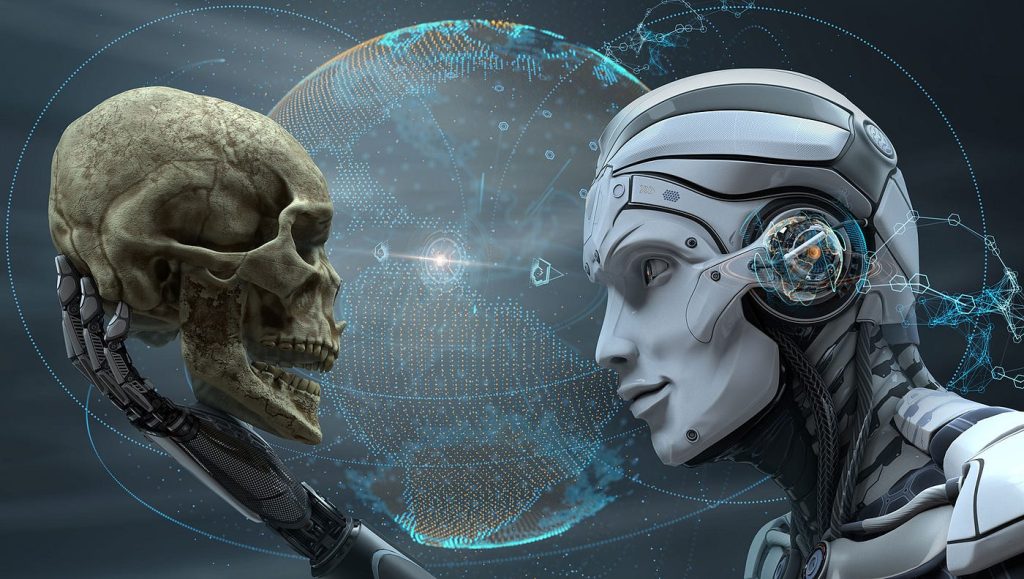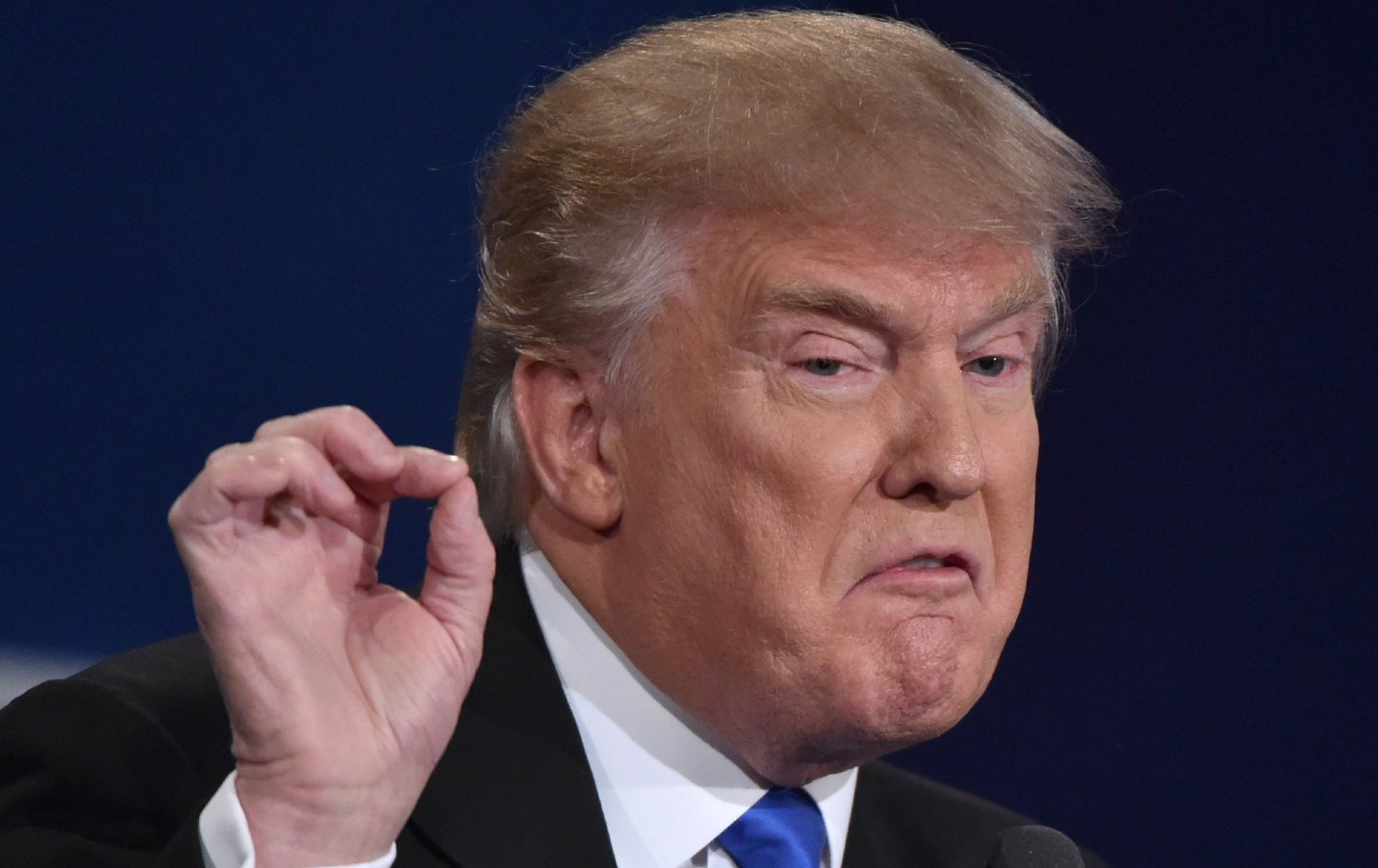Former President Donald Trump, also the founder of the Trump Media & Technology Group (TMTG), sent shockwaves through the tech world by declaring artificial intelligence (AI) as “the most dangerous thing out there.” This unexpected statement emerged during a press interaction, initially prompted by inquiries about mysterious red marks on his hands. The controversy swiftly shifted focus from Trump’s health to the broader implications of AI.
Unpacking Trump’s Warning: AI’s Perceived Threat
Trump’s stark assessment of AI aligns with a growing concern shared by some experts in the field. Renowned physicist Stephen Hawking and Tesla CEO Elon Musk have previously warned about the potential extremes AI could bring to humanity, with outcomes ranging from transformative benefits to unprecedented dangers.
AI: A Double-Edged Sword?
While Trump’s cautionary stance contrasts with the optimistic views of industry leaders like Jensen Huang, CEO of NVIDIA Corporation, it underscores the ongoing debate surrounding AI. The transformative potential of AI in revolutionizing sectors such as healthcare, transportation, and education is evident. AI’s ability to analyze vast data sets quickly offers breakthroughs in disease diagnosis, treatment, and the efficiency of autonomous vehicles.
Benefits Amidst Concerns: The AI Landscape
AI’s promise of efficiency and innovation in various industries doesn’t dismiss genuine concerns. The fear of job displacement due to automation, potential privacy infringements, and the risks associated with AI systems operating beyond human control are valid considerations. Striking a balance between embracing AI’s benefits and addressing its risks becomes paramount.

Read more:
- No Trump Support: GOP Candidate Mazi Pilip in NY Won’t Back Trump if Criminally Charged
- Governor Hochul Signs Bill Redefining Rape in New York
- California Gun Control Law Back in the Legal Spotlight
- Iran Bombing Urged by Hawks, Barbara Lee Stands Firm on Peace
The Call for Responsible AI: A Global Dialogue
As AI continues to evolve, a collaborative effort is necessary among policymakers, industry leaders, and society. Open dialogue and responsible regulations must be established to guide the ethical development and deployment of AI. Ensuring accessibility while preventing misuse is crucial for harnessing AI’s potential for the greater good.
Trump’s Warning Amplifies the Need for Vigilance
Trump’s unexpected entry into the AI debate emphasizes that concerns about this rapidly advancing technology are permeating beyond the tech industry. It serves as a reminder that approaching AI demands a delicate balance of caution and optimism. Informed discussions and regulations are imperative to navigate the uncharted territory of AI, shaping a future where its benefits are maximized, and its risks are mitigated.
Conclusion: The Unfinished Debate on AI’s Future
The discourse surrounding AI’s risks and rewards remains far from settled. Trump’s remarks act as a catalyst for a broader societal understanding of the potential implications of AI. Navigating this evolving technological landscape requires ongoing dialogue, informed decision-making, and a commitment to responsible innovation. Only through such concerted efforts can we unlock the full potential of AI while safeguarding against its unintended consequences.

